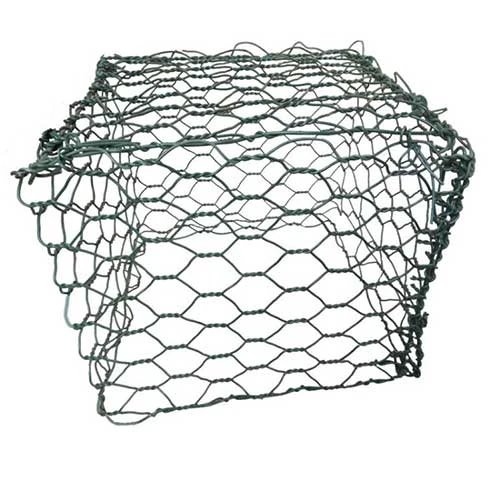-
 Phone:
Phone: -
 Email:
Email:

Understanding the Thickness of Coat Hanger Wire in Gauge Measurements
Understanding the Gauge of Coat Hanger Wire
Coat hangers are an essential accessory in our daily lives, helping us to keep our garments organized and wrinkle-free. However, not all coat hangers are created equal, and the gauge of the wire used to construct them plays a critical role in their durability and functionality. The term gauge refers to the thickness of the wire, and it is typically measured using a system that defines the diameter of the wire strand. The lower the gauge number, the thicker the wire.
Significance of Wire Gauge
In the context of coat hanger wire, the gauge is important for several reasons. Firstly, it influences the strength and weight capacity of the hanger. A thicker wire gauge—such as 14 gauge—can support heavier garments like winter coats and suits, while a thinner gauge wire (e.g., 16 or 18 gauge) is more suitable for lighter clothing items like t-shirts or blouses. Therefore, when choosing coat hangers, it is crucial to consider the type of clothing you intend to hang.
Moreover, the gauge also affects the hanger's shape retention. Thicker wires tend to maintain their shape better over time, which is vital for preventing the clothes from slipping off or becoming misshapen. A well-shaped hanger enhances the presentation of garments, making them look more appealing in your closet or retail display.
Material Considerations
Coat hangers are typically made from different materials, including metal, plastic, and wood. Metal coat hangers, often made of galvanized steel, are commonly available in various wire gauges. While plastic hangers are lighter and often come in vibrant colors, they are generally less durable and may not offer the same weight-bearing capabilities as metal counterparts. Wooden hangers, although sturdier and more aesthetically pleasing, can also come in various thicknesses, but they do not typically focus on gauge as a major selling point.
gauge of coat hanger wire

When assessing the wire gauge of metal coat hangers, consumers should pay attention to not only the gauge number but also the overall construction. Hangers with reinforced bars and additional support structures can enhance their load-bearing capacity, thus providing better support for heavier garments.
Practical Implications
Understanding wire gauge can help consumers make informed choices. For instance, if someone frequently hangs heavy winter coats, investing in hangers with a lower gauge number (thicker wire) is advisable. Conversely, for lighter garments, dress shirts, or casual wear, a hanger with a higher gauge may suffice.
Retailers specializing in garment retailing should also consider the gauge of coat hangers in their displays. Thicker hangers can convey a sense of quality and care, enhancing the shopping experience for consumers. Furthermore, using appropriate gauge hangers in a store can protect the integrity of garments, maintaining their shape and presentation, which can ultimately lead to higher sales.
Conclusion
The gauge of coat hanger wire is a fundamental aspect that influences the usability and durability of hangers. With various gauges available, it is crucial for consumers to choose wisely based on their needs and the specific garments they intend to hang. By understanding the importance of wire gauge, individuals can ensure their clothing items are stored properly and presented well, leading to improved garment care and organization. Whether for personal use in home closets or for professional use in retail settings, the right coat hanger gauge can make all the difference.
-
Wire Mesh for Every Need: A Practical SolutionNewsJul.25,2025
-
Steel Fences: Durable, Secure, and Stylish OptionsNewsJul.25,2025
-
Roll Top Fencing: A Smart Solution for Safety and SecurityNewsJul.25,2025
-
Cattle Farm Fencing Solutions for Maximum SecurityNewsJul.25,2025
-
Affordable Iron Binding Wire SolutionsNewsJul.25,2025
-
Affordable Galvanized Wire SolutionsNewsJul.25,2025
-
Wire Hanger Recycling IdeasNewsJul.25,2025








